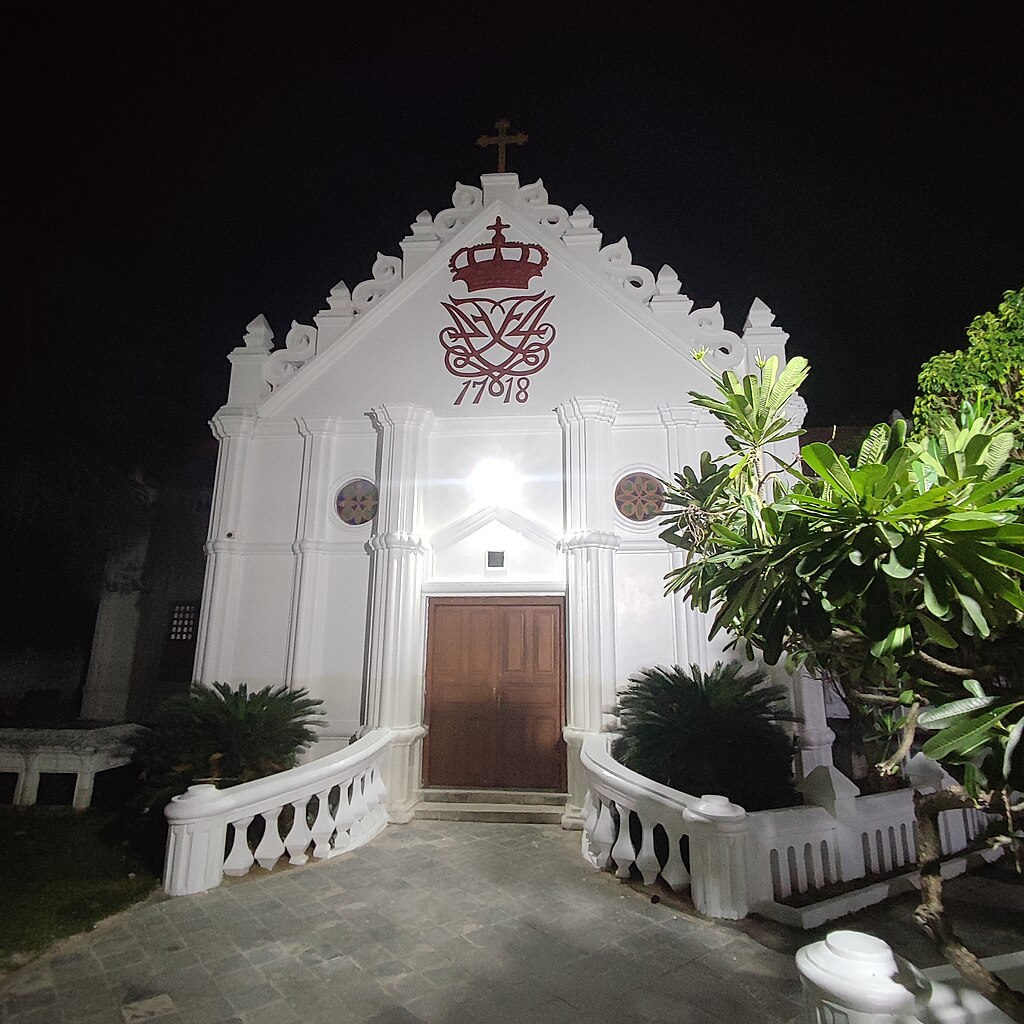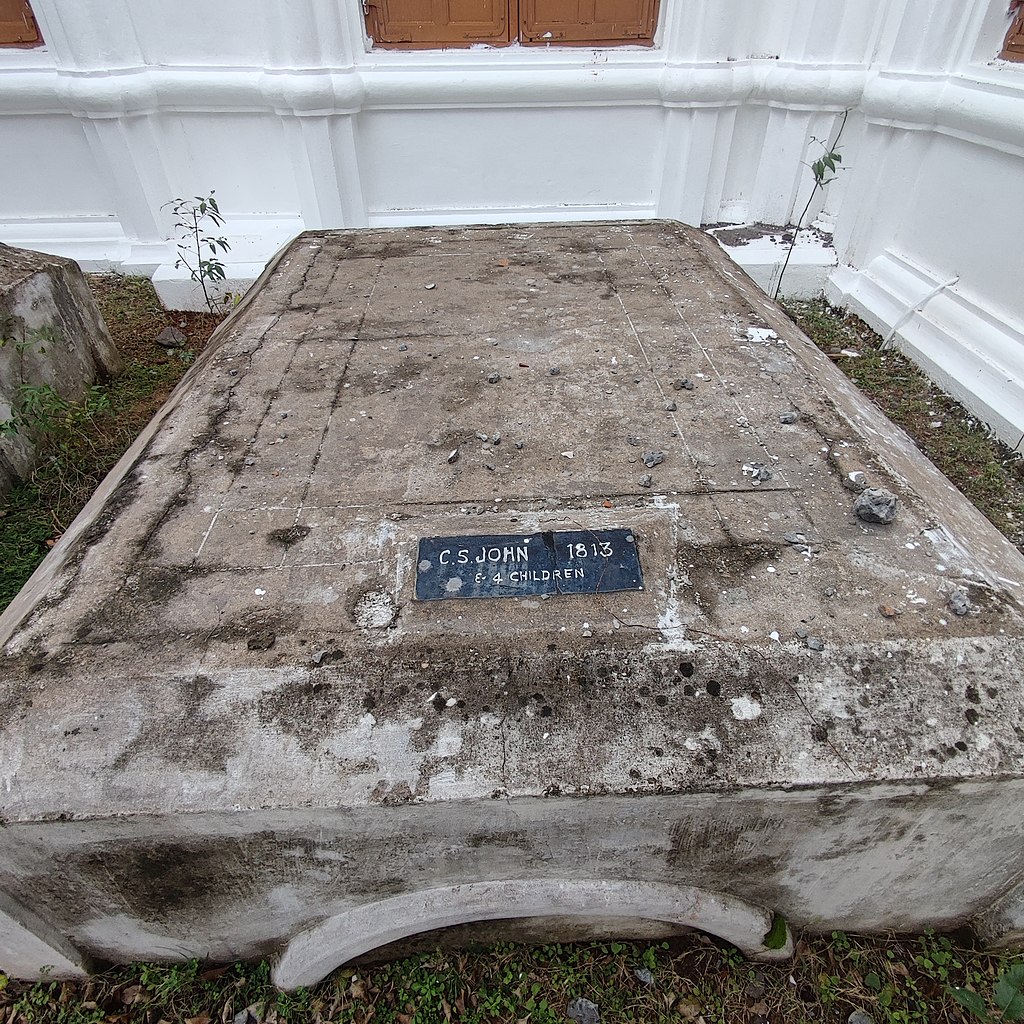Tranquebar, the Danish version of Tharangambadi had long been on my list of places to visit. So many species from India have the scientific epithet of tranquebaricus, all because of the Danish settlement from where specimens were carted off to Europe to be given binomial names. So on a visit to the place in December 2022 I checked out some of the big names including Christoph Samuel John who I had been researching both for his Wikipedia entry and for a little chapter on fishes that has recently been published by McGill University Press (see here). I was rather disappointed to see that C.S. John's grave had either no markings or was possibly damaged a long time ago.
John collaborated with the German fish specialist Marcus Bloch in Berlin, sending him fishes in spirit by the ship load. His notes on the difficulties with finding containers, arrack, and corks is worth examining! Remarkably many of his specimens are still held at the Natural History Museum in Berlin. Bloch named some fishes after John (including the genus Johnius) and it would appear that John had a native artist draw some specimens. Unfortunately there appears to be no trace of any original drawings by Indians in the archives of the museum in Berlin.
 |
| The New Jerusalem Church with the monogram of the Danish King Frederik IV |
Another collector who worked in this colonial Danish region was a man with the impressive name of Dagobert Karl de Daldorff. Daldorff died somewhere in Calcutta, I doubt anyone has found much about his life there... Interestingly Fabricius named a dragonfly species collected by Daldorff as Tholymis tillarga - people looking at the etymology of "Tillarga" have apparently drawn a blank - given its abdomen colour I wonder if it is from Thilak - thilaka - somehow Latinized as tillarga.
Here is a comment from Endersby and Fliedner (2015) :
The genus Tholymis seems to be an amalgam of parts of other genus names. The species name was capitalised and, at the time of its naming, the practice of capitalising proper nouns used as species names was still in vogue, so Tillarga was probably the name of a place or possibly a person. No amount of searching has revealed its origin -
_male.%2C%E0%B4%AA%E0%B4%B5%E0%B4%BF%E0%B4%B4%E0%B4%B5%E0%B4%BE%E0%B4%B2%E0%B4%A8%E0%B5%8D%E2%80%8D._(23818772352).jpg/1280px-Coral_Tailed_Cloud_Wing_(Tholymis_tillarga)_male.%2C%E0%B4%AA%E0%B4%B5%E0%B4%BF%E0%B4%B4%E0%B4%B5%E0%B4%BE%E0%B4%B2%E0%B4%A8%E0%B5%8D%E2%80%8D._(23818772352).jpg) |
| Tholymis tillarga - photo by Rison Thumboor |
Useful sources
- Endersby, Ian and Heinrich Fliedner (2015) The naming of Australia's Dragonflies. Busybird Publishing. p. 5.
- Zworykin, D.D. (2023). Anabas testudineus (Bloch, 1792), climbing perch (Anabantidae), and its discovery in India. Archives of Natural History 50(1):22-34.



No comments:
Post a Comment